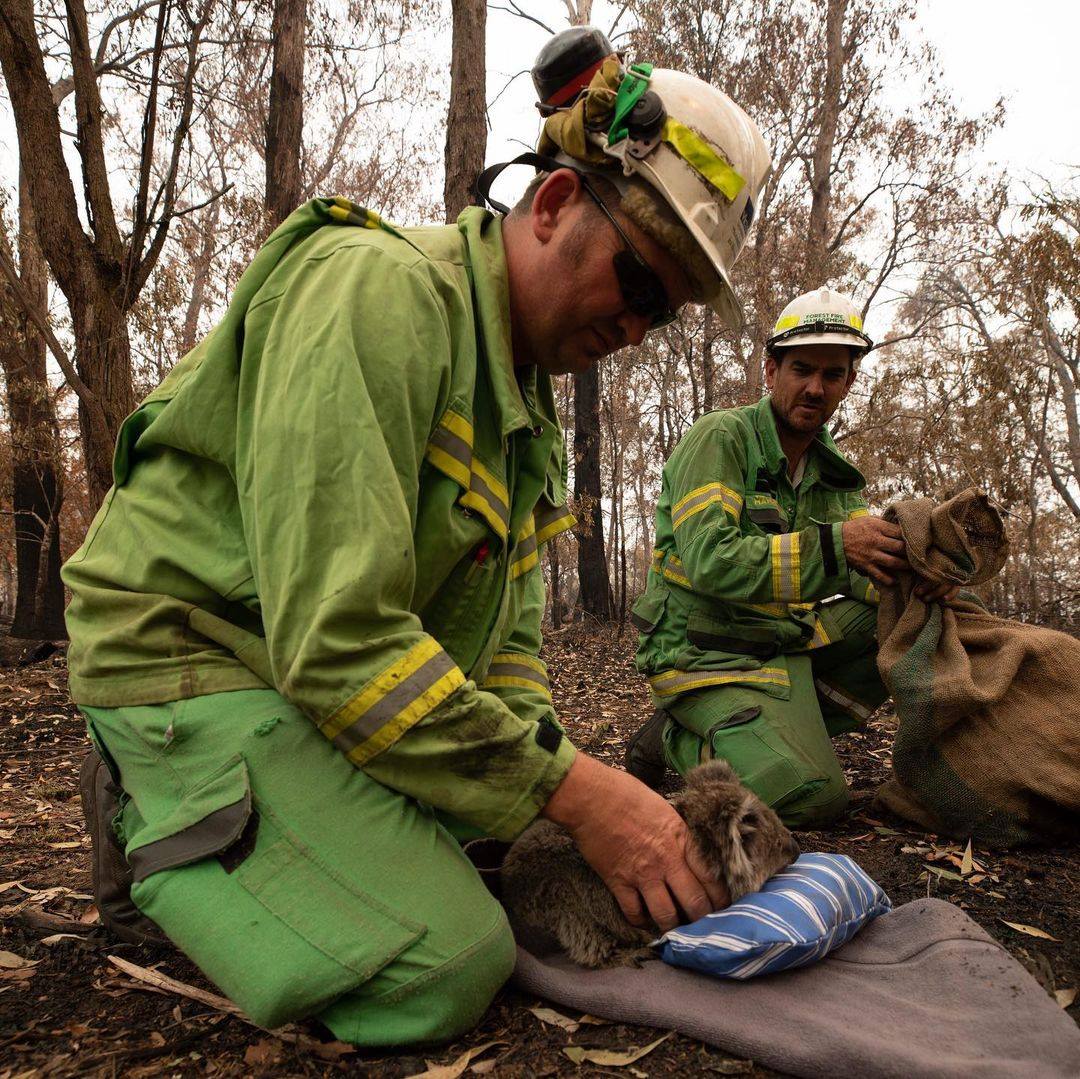
Here are ten ways that fire and fuel management protect Victoria’s natural ecosystems.
- Where possible, we plan burns to copy the natural cycles of fire that suit the plants and animals in a particular landscape like fire-killed native Banksia shrubs that require a minimum period between fires to set seed and regenerate.
- Our planned burns try to mimic the natural cycles that have occurred over thousands of years due to the likes of lightning strikes and other natural events.
- We use a technique called ‘mosaic burning’ which copies natural low-intensity fire events. This is where we burn patches of bush creating a ‘mosaic’ that results in a diversity of habitats within an area that also helps reduce the risk and impact of future uniform, large-scale fires.
- Planned burns are not as hot or destructive as intense landscape bushfires, so most native plants are able to tolerate the heat and this helps regenerate habitat.
- Most native plants need fire to remain healthy, but fire can harm fire-sensitive plants that often grow in alpine and rainforest areas where fires have historically been extremely rare. In these areas we may leave long gaps between burns or may exclude burns entirely and use other management techniques like slashing and mulching to reduce fuel.
- We take special consideration of plants or plant populations that have specific fire needs when developing burn plans and will burn more or less frequently to find the right balance.
- We use the latest scientific research to understand the needs of animals in diverse types of bushlands and the effect of fire on animals and their habitat. We use this information when planning and carrying out a burn.
- The way we light a planned burn can reduce the risk to native animals. Lighting a burn slowly and working from one end of the burn area to the other, prevents animals from being boxed in and gives them time to move away from the area.
- We deliberately keep flames low and burn slowly to give birds and other animals time to move higher into trees, find shelter or move away.
- During a planned burn some areas are left unburnt. These areas can act as refuges for animals that need them and allow them to gradually return to burnt areas as the habitat recovers.
Page last updated: 26/10/21